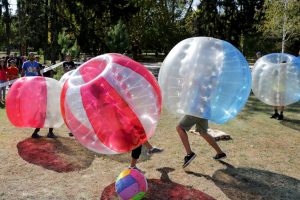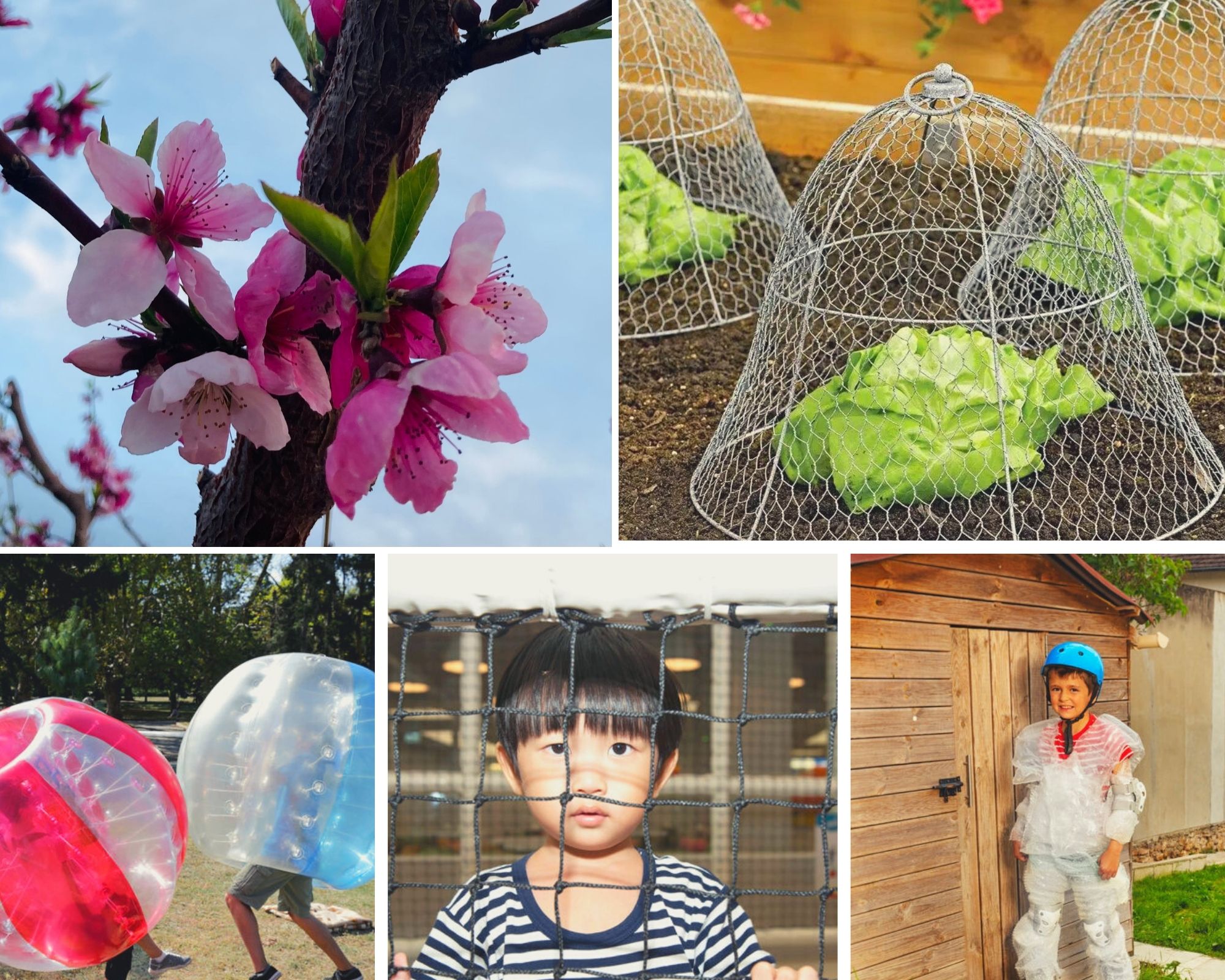Keep Your Child from Harm But Don’t Shelter Them To Death
Plants and children need protecting to grow to full maturity. I drove through the town of Palisade located on the western slope of Colorado in April. Excitement filled me as I saw the beautiful, delicate, pink, peach blossoms in bloom in the canyon. A couple nights while I was there the temperatures went below freezing. I knew the farmers would be turning on the heaters in the orchards to protect the blooms. If the blossoms freeze, it will harm the peach harvest in late summer.

Parenting requires protecting children so they also can grow safely into healthy, well-rounded, compassionate, caring people. It’s scary thinking about all the possible dangers lurking. There are bad people to bad natural occurrences in life. Bad people can be from adult perpetrators to bullying children. Natural things are from poisonous plants and insects to drowning in lakes, pools, and even a puddle. Dangers can be from falling, running into something, or being hit by something or someone else, to name a few.
There is always the fear of getting cancer and other harmful or deadly diseases. Now that today’s world has undergone a pandemic, we have experienced something unexpected and deadly. The fear of possibly getting a new disease that could kill us is fresh in our minds. These unknowns are real. The dangers seem endless.
Plants may need protection from animals and birds. We do this by putting up fencing or netting. Some bugs will infest our plants so we may need to plant something like marigolds to naturally protect our tomatoes. Fierce weather such as hail and wind including hurricanes and tornadoes can destroy an entire garden or crop. We try to cover the plants to protect them.
Today, there are many safety features and protocols in place to help in keeping our children safe. I’m surprised my generation survived to live through our childhood. For many of us, we didn’t wear seatbelts, bike helmets, knee pads, and didn’t think much about playing throughout the whole neighborhood until sunset without our parents really knowing where we were. But we did survive!

We need to protect our children, but not over-protect. It is a balance. We want to avoid instilling so much fear in our children that they won’t step outside of the house and experience life. When thinking about over protecting our children, I can’t help but think of the crazy looking body ball game where a person is basically engulfed in a blow-up ball. I also think of how some people act like they want to bubble wrap their kid before they skateboard, mountain bike, or do other adventurous activities that are part of living life.
Instead of being fearful and overprotective, it is better to be knowledgeable, and to teach our children to act wisely and safely. Be a good example to your children. Demonstrate living life to its fullest by preparing for a situation through education, training, and practicing. Plan for the worst conditions but always keeping them hopeful and visualizing the most wonderful outcomes.
When we go back country skiing in the winter on the 10th Mountain Hut to Hut Trail System in Colorado, we must plan for all weather and snow conditions. This requires being educated on avalanche danger and being prepared by bringing beacons, shovels, probes, and transceivers. We have snacks, water, a GPS, and many other survival items. We plan for the worst. But we would not do this if we weren’t hoping for the best like sunshine with clear blue skies, fresh powder, and comradery among friends!
We protect plants so they will grow to maturity, but we don’t want to shield them to the point where they are blocked from getting what they need, like water and sunshine. Likewise, children should not be sheltered to the point that they are unable to get what they need to experience life to the fullest. Don’t stifle their growth and development.
Children need to learn, be informed, and be wise when it comes to their own safety. Increase a child’s awareness and teach them about different obstacles and dangers and how to deal with them. We may need to intervene at times for their own protection. But don’t protect your child to the point of smothering them to death. Allow them the ability to breath, spread their wings, jump and fly like a bird leaving a nest, soaring high into life and becoming the person they are intended to be.
What are your thoughts on protecting children?
Sonja Wendt
Enhancing children’s sensitivity in human interactions one story at a time.
- Author and Reading & Seeding Leader
- Cultivating Compassion in Children Books Series
- 720-260-6296
- https://sonjawendt.com/
- Books Available on Amazon: http://bit.ly/SonjaLangeWendt
This is the eighth step in the series of DIG IN, Steps to Cultivate Compassion in Children. The others are: 1) Let’s Talk Dirt 2) Plant Perennial Seeds of Compassion That Grow Deep Roots 3) How to Water the Seed with Compassion — Sprinkle Them with Knowledge 4) Why Growing Seeds Need Fertilizing – Nourish Understanding Feeding Compassion 5) Why Seeds Need Air as a Child Needs Breathing Room – Exhale Compassion 6) How Sunlight to a Plant is like Energizing Compassion in a Child 7) Why Spacing Plants Out and Giving Your Child Space Creates Room for Healthy Growth
©2021 sonjalangewendt All Rights Reserved



